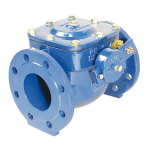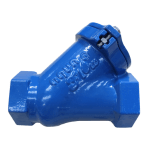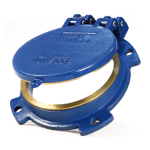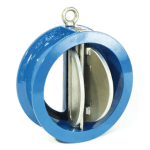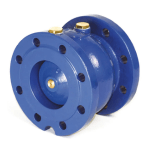What is Check Valve Slam and Water Hammer?
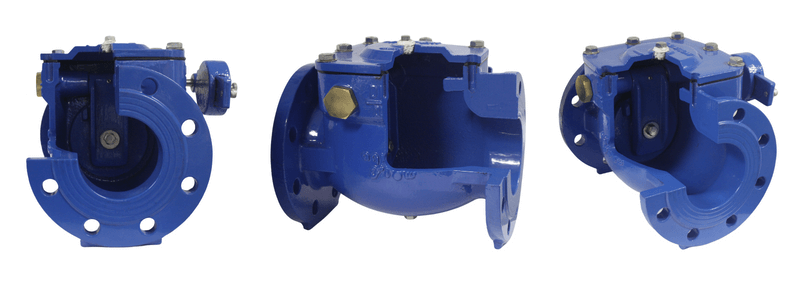
Check valves are simple self-acting devices that prevent backflow (reverse flow) in a pipeline. There are several main check valve designs, including:
Swing Check Valves: These valve bodies have a hinged disc between the inlet and outlet. The disc swings open when there is flow in the desired direction, allowing the medium to pass. It swings shut when flow stops or reverses.
Ball Check Valves: Ball check valves use a spherical ball within a cavity. Flow in the right direction lifts the ball from the valve seat, allowing the medium to pass. Reverse flow pushes the ball against the valve seat, shutting the pipeline.
Flap Check Valve: Flap check valves feature a hinged disc attached to a valve seat. These discs open and close to permit flow in only one direction.
Twin Plate Check Valve: Also known as wafer check valves, there are two spring-loaded plates within the body that are pushed to the closed position. These plates open when medium flows in the desired direction, allowing flow.
Spring Check Valve: Spring check valves have an internal flap or disc that is spring-loaded, pushing toward the closed position. This design ensures that the medium can only flow through in one direction.
Selecting the most suitable check valve for an application involves considering the characteristics of the medium being pumped, such as temperature, pressure and maximum flow rates. Informing your choice of valve in this way will ensure your system receives the most effective and reliable check valve for the job; including reducing the chance of slam.
What is Check Valve Slam?
Check valve slam occurs following an abrupt pressure change in a system, typically caused by a pump failure or quick valve closure.
As the pressure rapidly drops, gravity and reserve flow cause the valve disc to slam shut. Because fluids are not compressible, the force of the pumped medium hitting the valve disc creates a shock wave known as water hammer. The fluid continues to oscillate (flow back and forth) within the pipe until friction losses cause the wave to dissipate.
Water hammer shock waves send vibrations throughout the system that can rattle pipes and cause significant equipment damage, with check valve slam resulting in loud bangs and even burst pipes.
Preventing Slam
Optimal valve selection requires consideration to potential hydraulic conditions – valve closing speed, head losses, friction losses, pumping medium, gravity and a number of other technical factors will affect which valve you need to reduce the chance of check valve slam and water hammer occurring.
For expert product selection advice, chat with our team by calling T-T Flow at +44 (0) 1630 647200, emailing ttflow@ttpumps.com or completing our online enquiry form.

